Saturday September-06 2025 15:14:15
Construction soil sieve are used to size-classify bulk granular materials. Depending on the application and needs, they come in a variety of sizes, including square and round hole sieves, and are constructed from woven wire or perforated plates. These sieves typically handle soil sample sizes ranging from hundreds of grams to several kilograms, effectively separating particles of varying sizes. Sieve mesh sizes range from a large 100 mm aperture for coarse aggregates to a micro-size 0.075 mm (200 mesh) for fine-grained soils, enabling precise classification of materials from sand and gravel to fine silt.
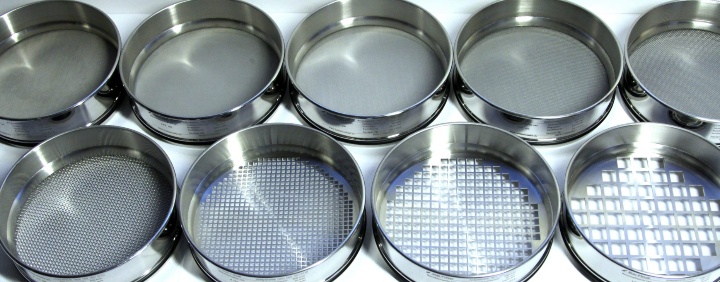
Soil sieves are crucial in construction and civil engineering, used to analyze soil particles to determine their particle size distribution. This helps assess soil engineering properties such as permeability, shear strength, and compressibility. Soil sieves can be categorized into several types based on different classification criteria.
Classification by Material
Wire mesh sieves: The mesh is woven from stainless steel, brass, or other metal wires. This type of screen features a sturdy and durable construction and is commonly used in laboratory and field testing. Stainless steel screens offer excellent corrosion resistance and are suitable for use in humid or chemically aggressive environments.
Perforated Plate Screen: The screen holes are punched into a metal plate. This type of screen is typically used for larger particles, such as gravel and stone, as its construction is stronger than woven wire mesh.
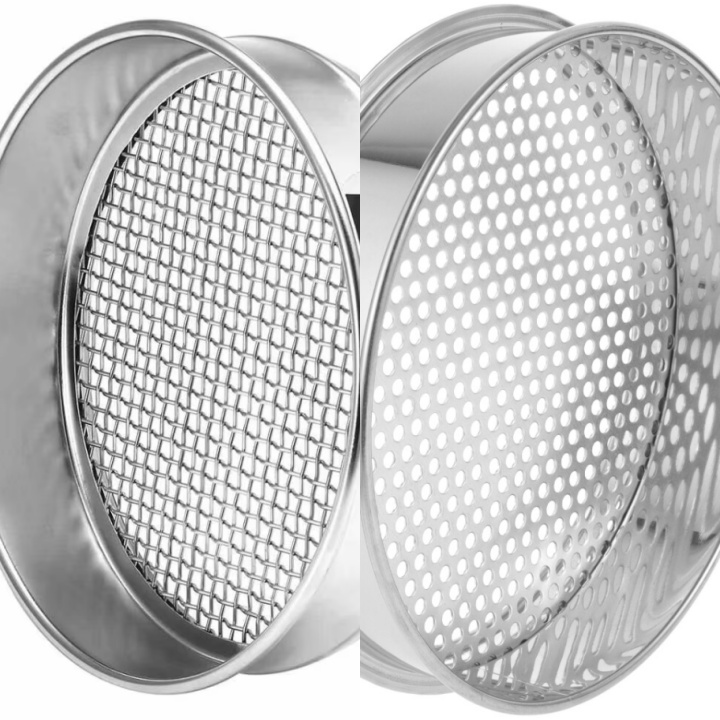
Classification by Screen Shape and Size
Square Hole Screen: This is the most common and standard type. The screen holes are square and are typically woven or punched from wire. Square hole screens are widely used for particle size analysis of various soils. The size of the holes is typically expressed in millimeters (mm) or microns (µm), and is sometimes also measured in "mesh." For example, a common sieve size is 200 mesh (with a mesh size of approximately 0.075 mm), which is used to separate fine-grained soils from coarse-grained soils.
Circular Hole Screen: This type of screen has round holes and is typically used for coarse-grained materials, such as gravel. In some cases, round hole screens may provide more accurate particle classification than square hole screens, especially when the particles are irregularly shaped.
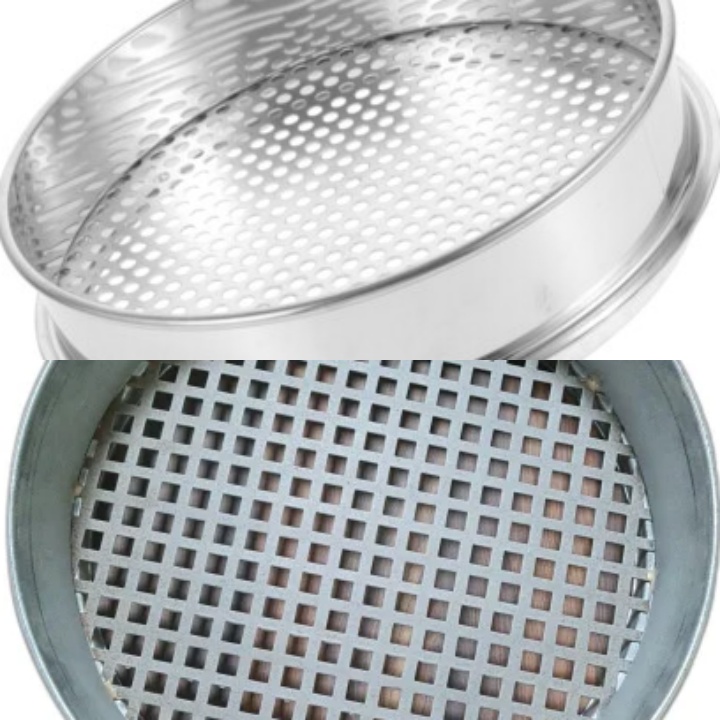
| Dia.(mm) | Height(mm) | Frame | Bottom | Hole | Opening Size |
| 300 | 50 | Iron | Stainless Steel | Square / Round | Random |
| 300 | 50 | Stainless Steel | Stainless Steel | Square / Round | Random |
| Dia.(mm) | Height(mm) | Frame | Bottom | Hole | Opening Siz |
| 200 | 50 | Iron | Stainless Steel | Square / Round | Random |
| 200 | 50 | Stainless Steel | Stainless Steel | Square / Round | Random |
| 200 | 50 | Brass | Brass | Square / Round | ≤4mm |
| 200 | 50 | Brass | Stainless Steel | Square / Round | Random |
Construction soil sieves play a vital role in the construction and civil engineering fields due to their standardization, high efficiency, cost-effectiveness, and wide applicability. They not only provide reliable data support but also lay a solid foundation for successful project implementation and quality assurance. Their advantages are primarily reflected in the following aspects:
Standardization: Many soil sieves are designed and manufactured in accordance with international or national standards. These standards specify sieve mesh sizes, materials, and tolerances, ensuring accurate and repeatable screening results. This is crucial for engineering design and quality control.
Detailed Analysis: Using a range of sieves with different mesh sizes allows for fine particle size classification of soil. This helps engineers gain a detailed understanding of the soil's particle composition, enabling more accurate assessment of its engineering properties, such as permeability, shear strength, and compressibility.
Mechanized Operation: Soil sieves are often used in conjunction with a vibrating screen. Vibrating screens use mechanical vibration to quickly and evenly separate soil particles into different particle sizes, significantly improving work efficiency and reducing the labor intensity of manual operation. Portability and ease of use: Some handheld soil sieves are lightweight, making them convenient for quick screening and rough inspection on-site, facilitating on-site decision-making.
Cost savings: Accurate soil analysis helps engineers make more reliable design decisions and avoid overdesign or design flaws. This reduces material waste and potential structural problems during construction, ultimately saving project costs.
Durability: High-quality soil sieves are typically made of corrosion- and wear-resistant materials such as stainless steel or brass, resulting in a sturdy construction and a long service life. This reduces equipment replacement frequency and maintenance costs.
Versatile: Soil sieves are not only used for soil particle size analysis but are also commonly used for quality control of construction materials such as sand, gravel, aggregates, and cement.
Support for various tests: Particle size analysis is the foundation of many other soil tests, such as liquid limit and plastic limit tests, compaction tests, and permeability tests. Soil sieve results provide critical input data for these tests.
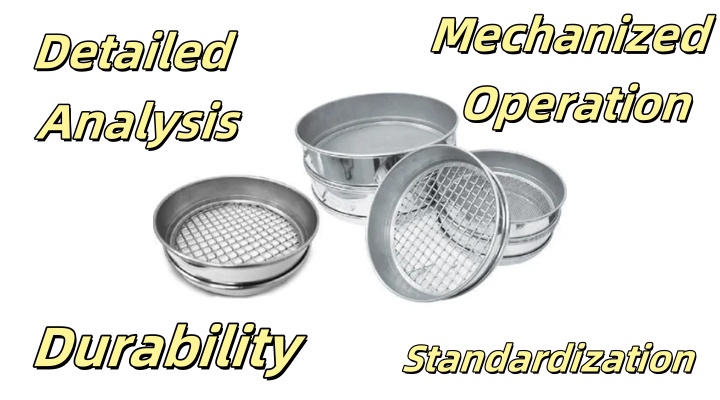
There are two main sieving methods for construction soil sieves: dry sieving and wet sieving. The method to choose depends on the soil's properties, particularly its moisture content and the proportion of fine particles (such as clay and silt). Dry sieving is suitable for soils with loose, low-stickiness particles and a low fine particle content. Wet sieving is suitable for soils with a high concentration of sticky, fine particles. Washing with water to remove fine particles adhering to coarse particles provides more accurate screening results.
Dry Sieving Method
Steps
Drying: First, place the collected soil sample in an oven at 105°C and dry it to a constant weight. This removes moisture from the soil and prevents particles from clumping.
Weighing: Accurately weigh a certain amount of dried soil to determine the total mass before sieving.
Graded Sieving: Stack a set of standard sieves arranged in descending order of mesh size and pour the soil sample onto the top, larger-mesh sieve.
Mechanical Vibration: Place the entire set of sieves in a vibrating sieve. Vibration causes soil particles to pass through or remain on sieves of varying mesh sizes, depending on their size. Weighing and Calculation: After vibration, weigh the mass of the soil sample remaining on each sieve. Then, calculate the percentage of the total mass of the soil sample remaining on each sieve, as well as the cumulative percentage of soil sample with particle sizes smaller than a certain size.
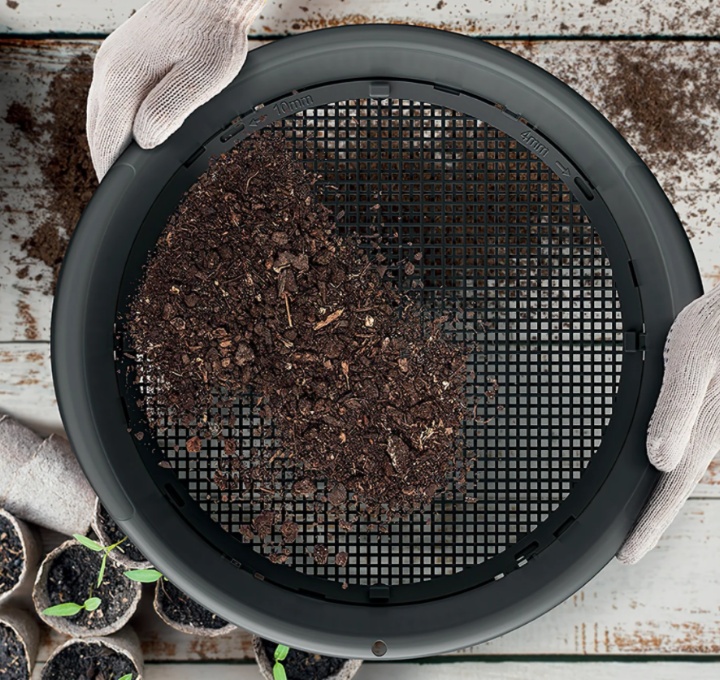
Wet Sieving Method
Steps
Water Washing: Place the soil sample in a basin and add an appropriate amount of clean water. Gently stir and scrub the soil sample by hand or with a tool to remove clay and silt adhering to the coarse particles, leaving the fine particles suspended in the water.
Sedimentation and Separation: Allow the heavier coarse particles to settle, then pour off the turbid aqueous solution containing the fine particles. Repeat this process until the water becomes clear.
Collecting the Fine Particles: Collect all the poured turbid aqueous solution and allow the suspended fine particles to settle.
Drying and Sieving: Dry the washed coarse fraction and the collected fine fraction separately to constant weight. Sieve the dried coarse fraction using the dry sieving method. For the fine fraction, more sophisticated methods, such as hydrometers, are typically required to determine its particle size distribution. Weighing and Counting: The mass data of the coarse and fine particle fractions are combined to calculate the complete particle size distribution curve of the soil sample.
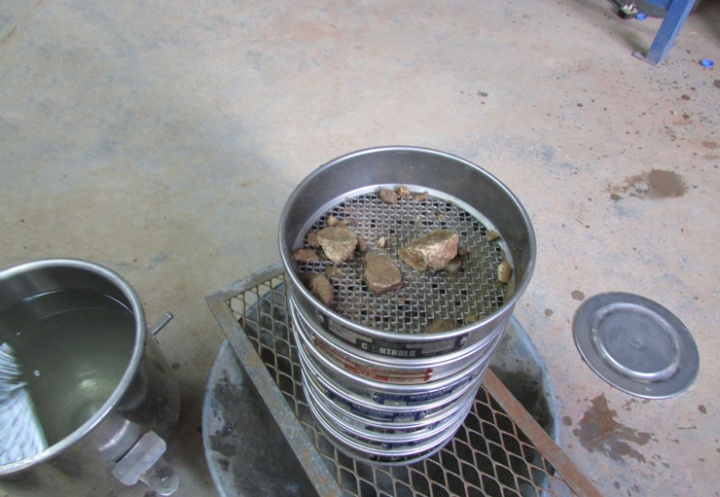
The primary use of construction soil sieves is to perform particle size analysis on soils, also known as sieve tests. This is a fundamental and important laboratory test in civil and geotechnical engineering. The purpose of this test is to determine the percentage of particles of different sizes in the soil, thereby obtaining a particle size distribution curve. This curve provides engineers with an understanding of the soil's particle composition, which is crucial for evaluating its engineering properties. Specifically, construction soil sieves are used in the following ways:
Soil Classification: Soil particle size distribution is one of the primary foundations of the internationally accepted soil classification system. Sieve tests allow engineers to determine whether a soil is coarse-grained (e.g., gravel, sand) or fine-grained (e.g., silt, clay), as well as the specific category within coarse-grained soils.
Evaluating Soil Engineering Properties: The particle size distribution of a soil directly affects its physical and mechanical properties. Soils with larger and more uniform particle sizes generally have better permeability. For example, sand has much higher permeability than clay. This is crucial for designing drainage systems and assessing the permeability stability of foundations. Soils with well-graded particle size distribution (i.e., a balanced mix of particle sizes) typically have higher density, resulting in greater shear strength. Fine-grained soils (especially clay) are generally much more compressible than coarse-grained soils, meaning they are more susceptible to settling under load.
Frost heave resistance: Certain silts within a specific particle size range are susceptible to frost heave in cold regions, causing damage to foundations and pavement structures. Sieve tests can identify these soils.
Geological Exploration and Environmental Assessment: During geological exploration, sieve tests can help geologists better understand the composition of subsurface layers. In environmental engineering, they can also be used to assess the physical properties of sediments and contaminated soils, providing data support for subsequent pollution control plans.
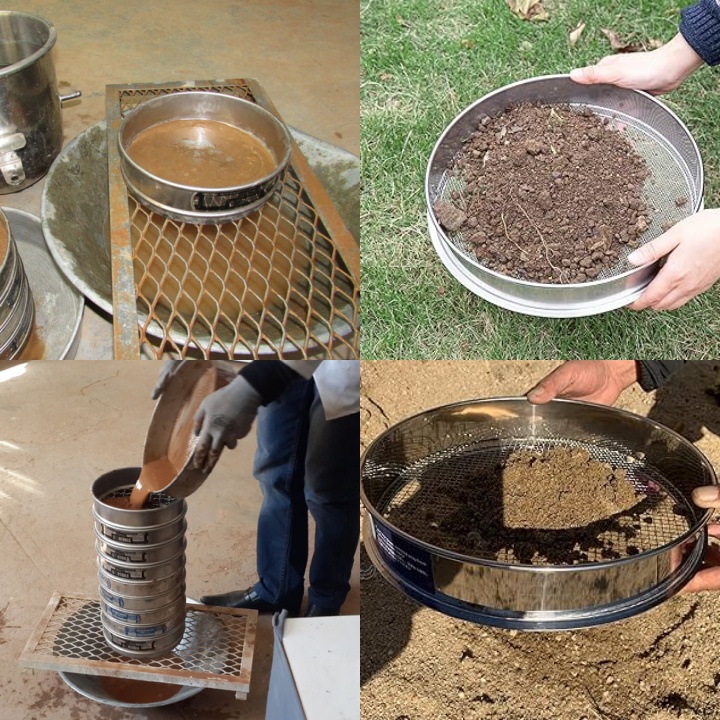
For construction soil screening needs, a "mechanical screening + grading" solution can be employed. Multi-layer vibrating screens are configured with screens of varying apertures, such as 2mm, 5mm, and 20mm, according to project requirements, to achieve coarse screening for impurities and fine screening for grading. Raw soil is first conveyed to the vibrating screen via a conveyor belt to remove impurities such as rocks and grass roots. Soil is then sorted according to particle size to produce different soil materials. Coarse particles can be used for roadbed backfill, while fine particles are mixed and modified for plastering and pouring. Dust removal equipment is also integrated to reduce dust pollution, and a recovery device is installed to collect under-screen fine soil to prevent waste. This solution is suitable for soil use in various construction scenarios, including foundation treatment and wall construction.
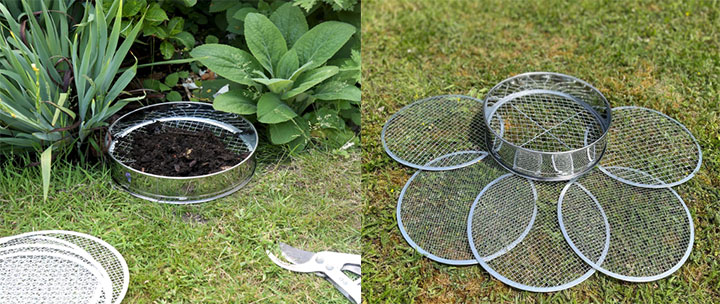
Construction soil sieve test results, presented as a particle size distribution curve, provide a visual representation of the soil's particle composition. This data forms the basis for various geotechnical tests and engineering calculations, such as determining parameters such as permeability, compressibility, and shear strength. In practical applications, whether in foundation treatment, roadbed construction, or material proportioning, precise control of soil particle size is a prerequisite for ensuring project quality and stability. These screening equipment and corresponding testing methods, as part of industry-standard processes, ensure data comparability across different projects and provide a reliable technical basis for engineering practice.
0.5mm stainless steel soil sieve for lab testing
0.5mm stainless steel soil sieve for lab testing is a screening tool commonly used in soil particle analysis...
ASTM standard soil analysis sieves with pan and cover
ASTM standard soil analysis sieve is a special test sieve manufactured according to the American Society for Testing and Materials (ASTM) E11 standard...
Environmental soil sieves are a key tool whose core function is to physically separate soil samples based on particle size...
What is electromagnetic sieve shaker?
In order to meet the requirements of different industries for granular materials, the electromagnetic sieve shaker emerged as an efficient screening equipment...
Sep 06, 2025
Construction soil sieve can separate particles of different sizes in the soil, detect soil particle g...
Sep 02, 2025
Agricultural soil testing sieve
Agricultural soil testing sieve uses a 2mm sieve to separate the fine particles in the soil in order ...
Aug 22, 2025
What is Stainless steel soil sieve? A stainless steel soil sieve is a basic tool used to classify and...
Aug 21, 2025
What is Civil engineering soil sieve ? A civil engineering soil sieve is a fundamental tool for parti...
![]()
Then we look forward to hearing from you
Contact Us
Industrials
Yanjin county forest park gate to the west 1000 meters north road sitemap
